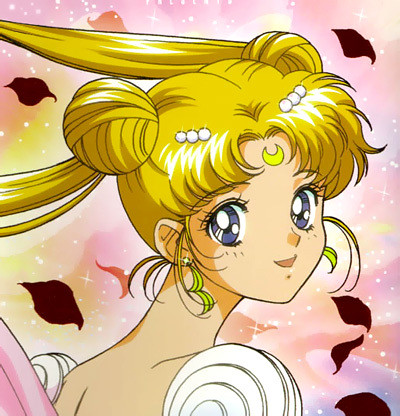


All of a sudden, the world has gone crazy with the Manga comics. Presently, Manga comics form a gigantic multi-billion dollar market across the globe. AsiaRooms.com gives you an insight to the Manga and Anime in Japan that has caught the fascination of millions of comics-lovers across the world. Read on to know more about Japanese manga and anime.
Manga is the Japanese word for print cartoons and comics. But for the rest of the world, the term manga suggests Japanese comics. Those, who are not quite familiar with the term, use anime to suggest the same. `Anime' is an abbreviation of `animation' and refers to animation works developed in Japan.
Origin
Manga has been developed from a unique mixture of ukiyo-e and foreign drawing styles. Literally, the word `manga' means random pictures. Trade relations with the US ushered the age of globalization and modernization in Japan. The foreign artists in Japan emphasized more on the ideas behind drawings. During this period, Manga depicted satirical and humorous cartoons in the `one picture' or `four picture' format. With the works of Suzuki Kankei and Santo Kyoden in the latter parts of the 18th century, and Aikawa Minwa and Hokusai in the early 19th century gave the word a more popular connotation. Once a Manga cartoon gains enough popularity, the producers look to convert it into an Anime.
Characteristics of Anime and Manga in Japan
Some of the very qualities of Japanese manga and anime have given it a distinct identity and uniqueness. Let us take a look at them:
- Speed Lines: The speed lines usually come into play in the action frames, where movement of the character is depicted by meticulously drawn lines. In action sequences, anime have blurred background.
- Dialogue bubbles: This is somewhat different from the western pattern of dialogue bubbles. In the western comics, the same bubble that expresses the thought of a character depicts whispered dialogues in manga.
- Mini Flashbacks: Artists use miniature of earlier comic panels in a current panel, which effectively acts as a flashback.
- Symbols: Certain symbols are used in Japanese manga comics to depict emotions, moods and physical conditions. Sweat drops, throbbing veins, round swellings, nosebleed and ruddy cheeks are the most commonly used ones.
Types
Based on the target audience of men, women, children and teenagers, manga and anime encompass a variety of subjects, including action, sci-fi, fantasy and comedy.
Famous Japanese manga and anime artist, Dr. Osamu Tezuka, is widely known as the father of story-based Japanese manga cartoons. His popular creations include Phoneix, Kimba the White Lion, Astro Boy, Princess Knight, Black Jack and Adolf.
Source: http://www.asiarooms.com/travel-guide/japan/entertainment-in-japan/manga-and-anime-in-japan.html
Tidak ada komentar:
Posting Komentar